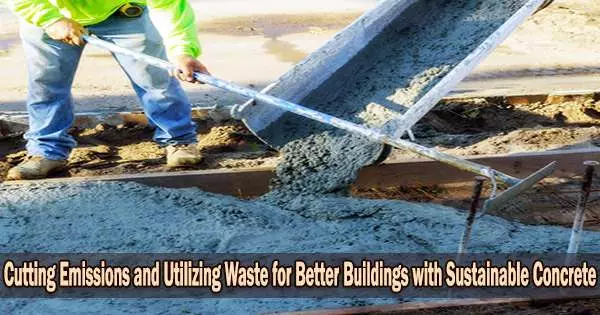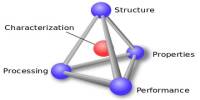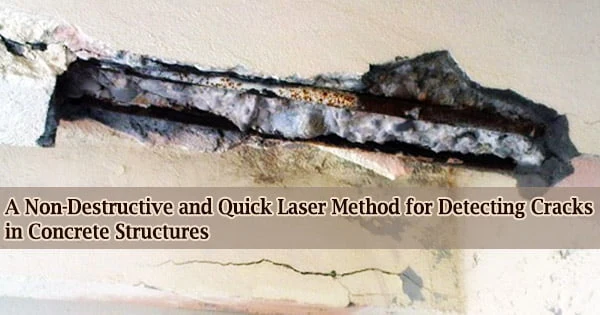Sustainable concrete is a type of concrete that has a lower environmental impact and can be produced using waste materials. It is made using recycled materials such as fly ash, slag, and recycled concrete aggregate. It can also be made using low-carbon cements and alternative binders, such as those made from plant materials.
By substituting natural fibers and components from various waste streams for synthetic reinforcement materials, an international research team is making the case for more environmentally friendly concrete.
The most recent study, led by Flinders University and involving experts from the US and Turkey, demonstrates how geopolymers can match the strength, durability, and drying shrinkage qualities of those containing natural sand, which in turn consumes more raw materials and produces more emissions during processing, while also being reinforced with renewable natural fibers and made with waste-based sands from lead smelting or glass-making.
With 25 billion tonnes annually utilized, conventional concrete is the most used building material. It uses up to 30% of non-renewable natural resources, emits 8% of the world’s greenhouse gas emissions, and makes up to 50% of all landfill. Using sustainable concrete can help reduce greenhouse gas emissions from the construction industry, as well as reduce the amount of waste that ends up in landfills.
Lead researcher, Flinders University civil and structural engineering researcher Dr. Aliakbar Gholampour, says the promising findings have significant potential for the use of natural fibres in the development of structural-grade construction materials, in which binder and aggregate are replaced by industrial by-products and waste-based materials.
According to test results, lead smelter slag (LSS)-based geopolymers have less drying shrinkage than geopolymers made with natural river sand, whereas geopolymers made with waste glass sand have greater strength and reduced water absorption.
This research will also look to design mixes of recycled coarse aggregates and other types of cellulosic fibres including water paper, for different construction and building applications. We also plan to investigate their application in construction 3D printing for the future.
Dr. Aliakbar Gholampour
In testing studies, natural fibers such ramie, sisal, hemp, coir, jute, and bamboo were also used.
In comparison to unreinforced geopolymers, the geopolymers containing 1%, 2%, and 2% ramie fiber had better compressive and tensile strengths and less drying shrinkage. The geopolymers containing 1% ramie fiber have the highest strength and the least drying shrinkage.
The new Australian-led study, published in the Construction and Building Materials journal (Vol 352, 17 October 2022), adds to global efforts tackling the environmental impact of producing conventional building materials and waste-to-landfill volumes.
“With concrete, we can not only recycle huge volumes of industrial by-products and waste materials, including concrete aggregates, to improve the mechanical and durability properties of concrete, but also use alternative eco-friendly natural fibres which otherwise would not be used constructively,” says Dr. Gholampour.
“This research will also look to design mixes of recycled coarse aggregates and other types of cellulosic fibres including water paper, for different construction and building applications. We also plan to investigate their application in construction 3D printing for the future.”
Sustainable concrete is also often more durable and has a longer lifespan than traditional concrete, which can result in lower maintenance costs over time. It is an important part of the push towards more sustainable and environmentally-friendly building practices.
















